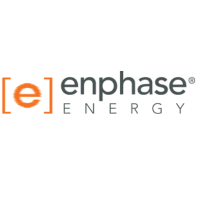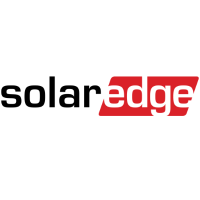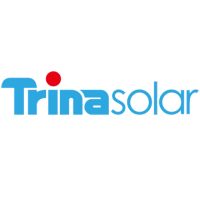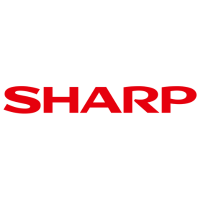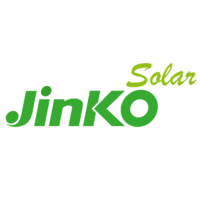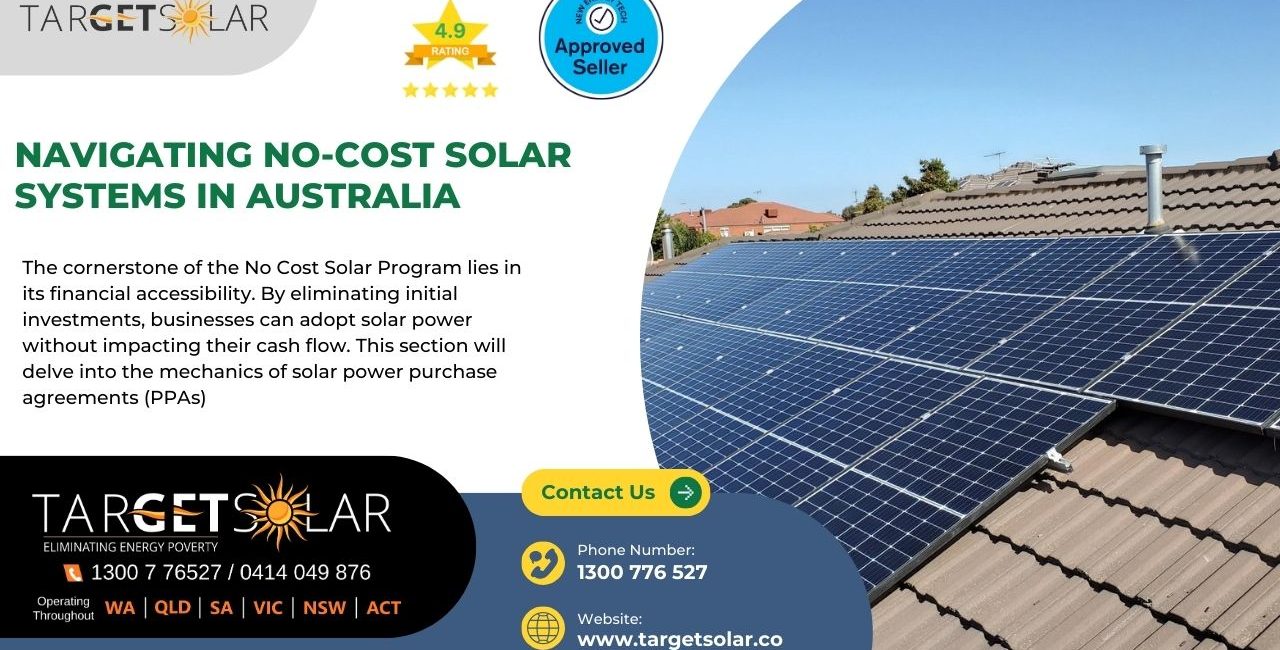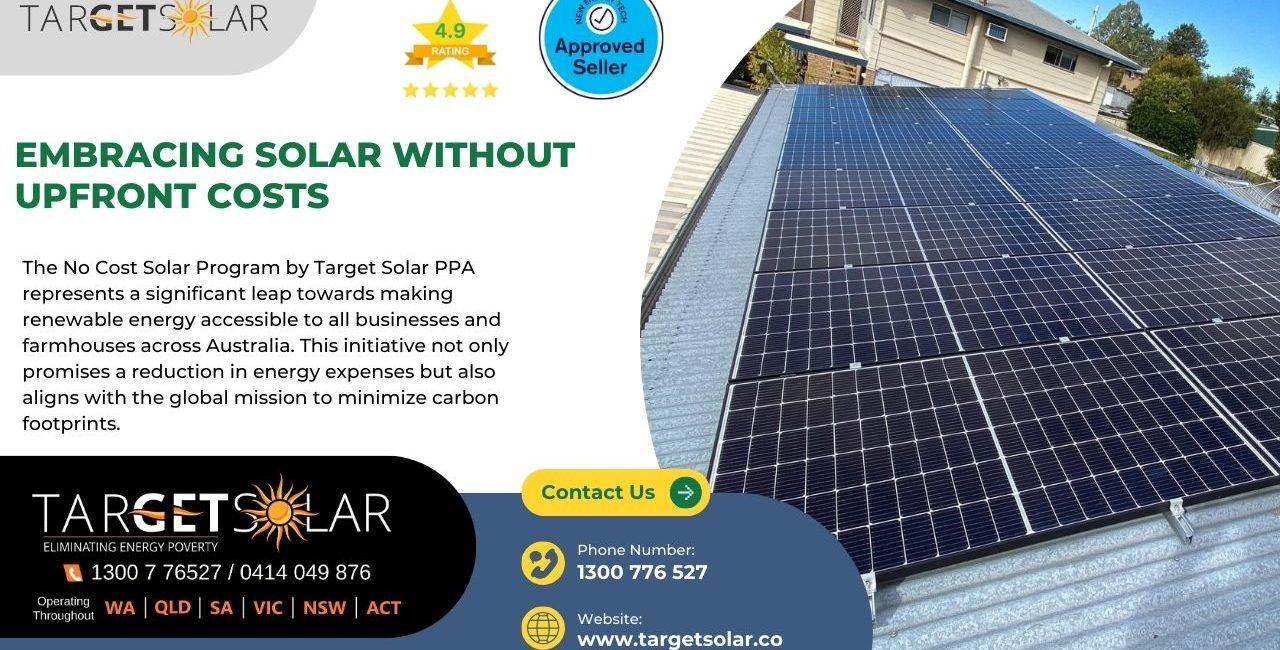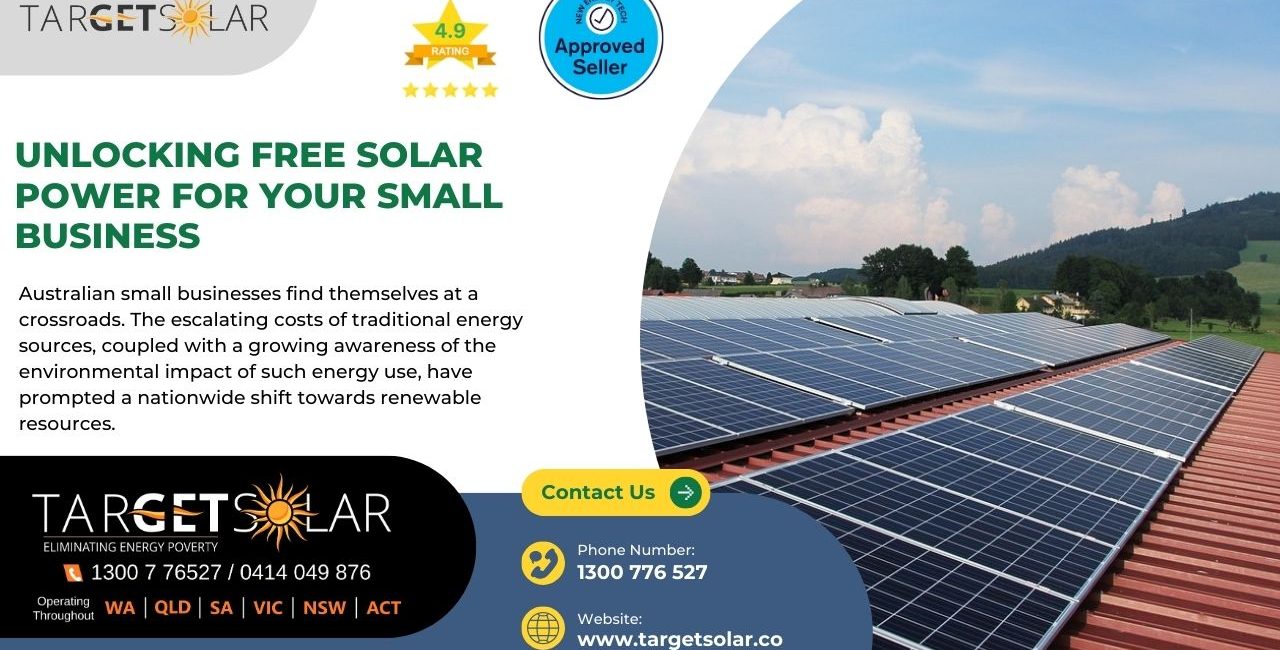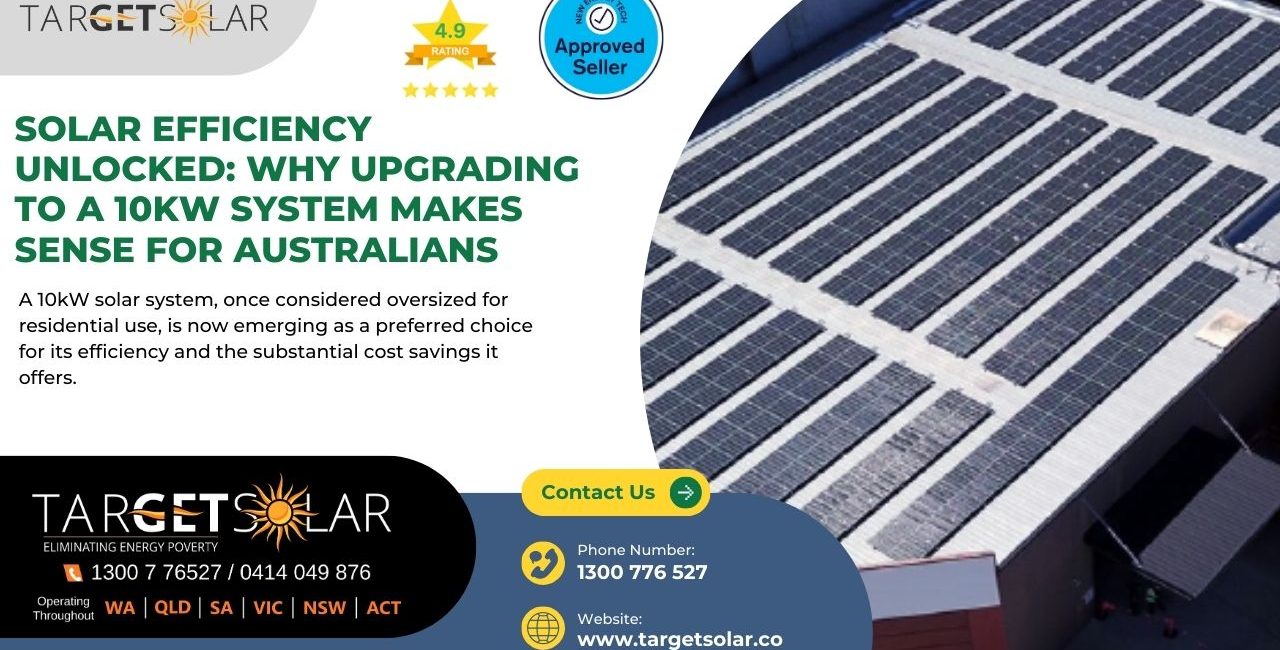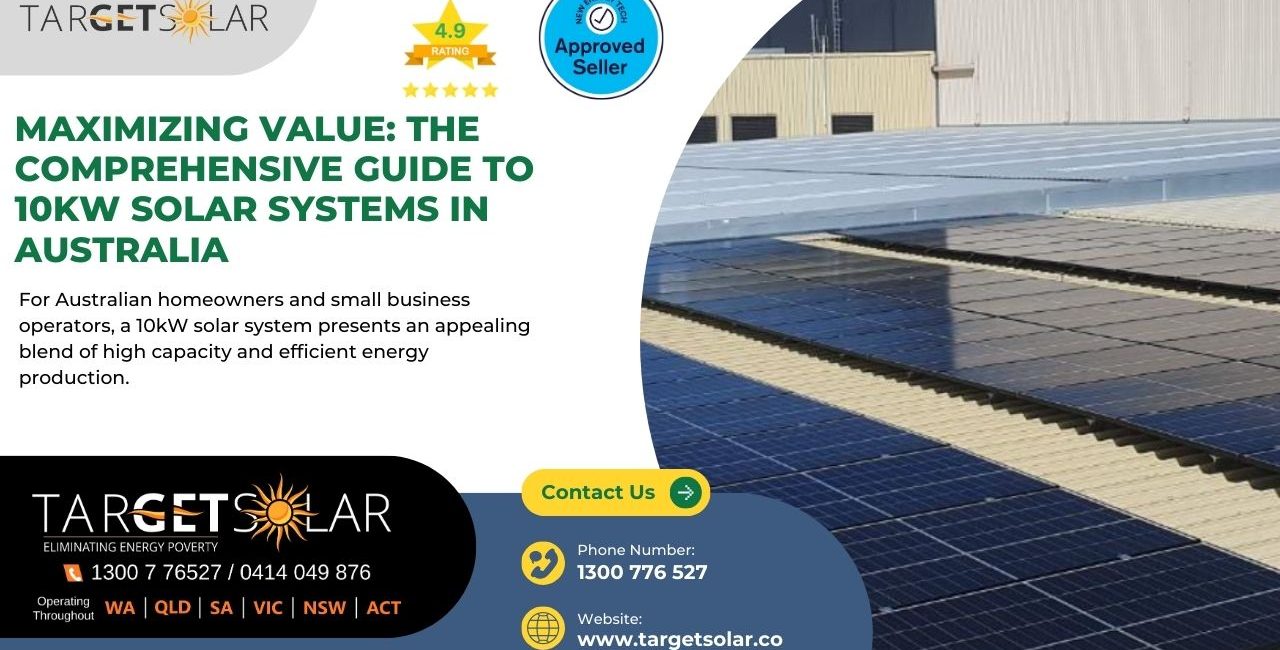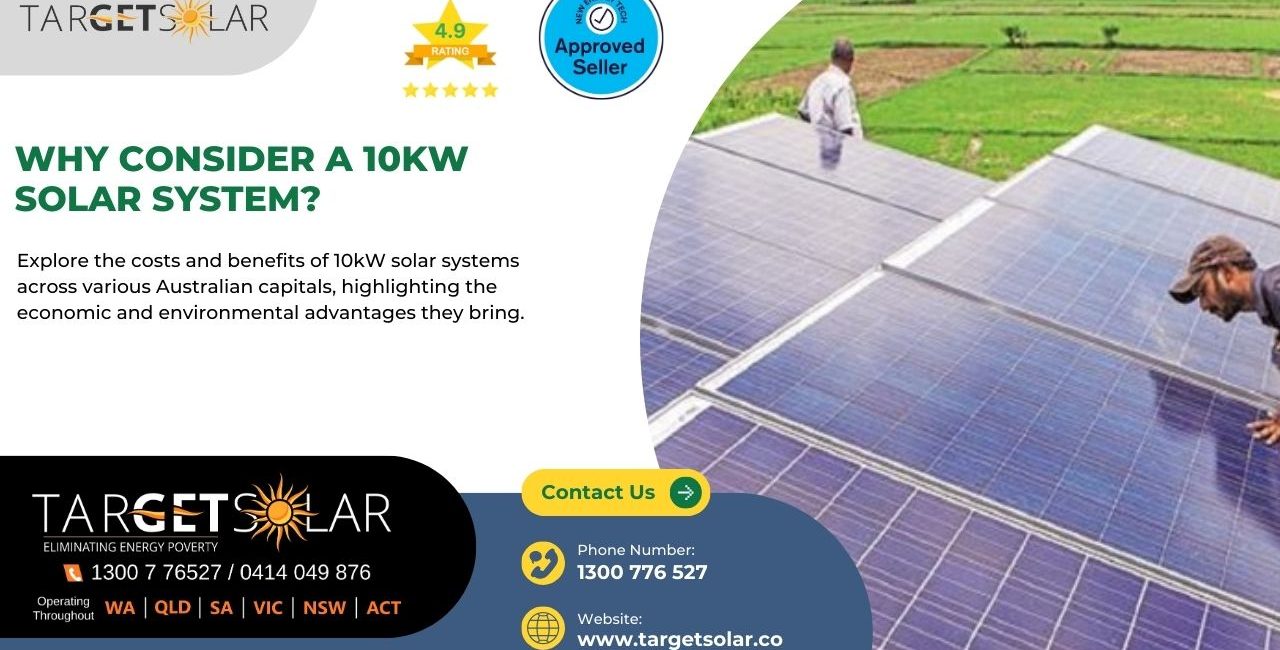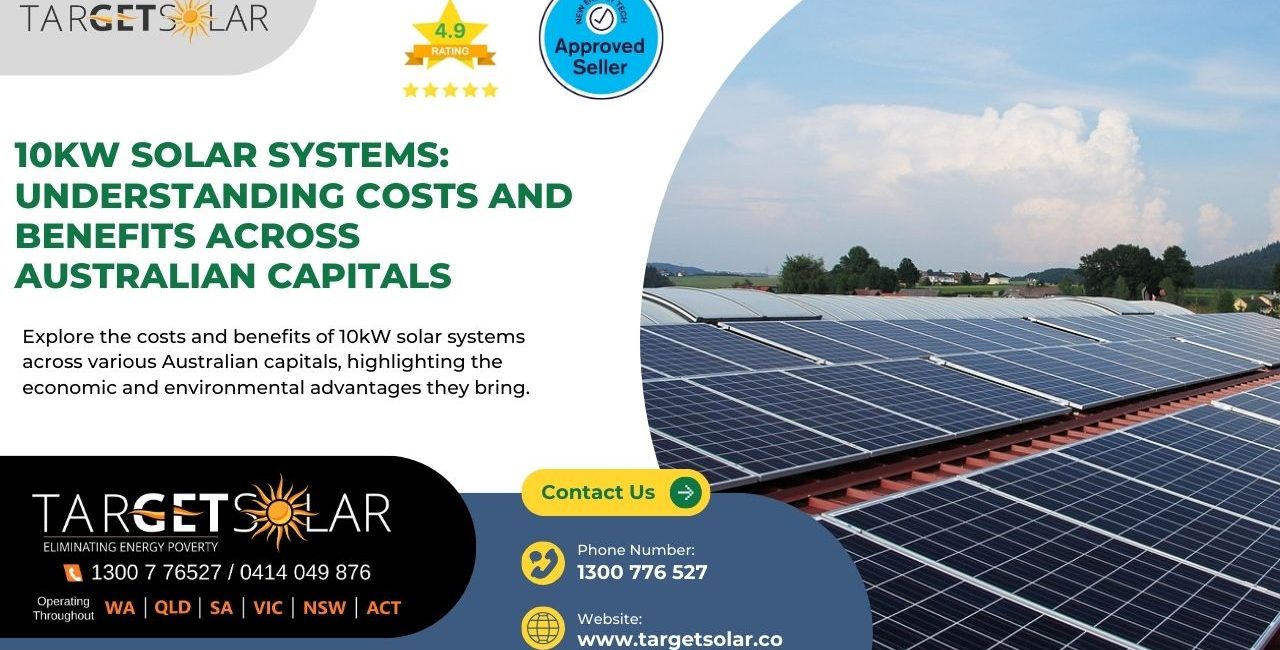Solar Panel Mounting Systems: Your Complete Guide
Choosing the right solar panel mounting system is crucial for the effective and long-term performance of your solar energy installation. With myriad options available, it’s important to understand the types, applications, and benefits of each. In this guide, we cover the complete spectrum of solar mounting systems to help you make an informed decision.
Various elements can exert force on a solar panel, affecting its structural integrity and performance. These factors may include the weight of the panel itself, the impact of wind and rain—especially in regions like northern Australia—and even extreme seismic loads, as is often the case in Japan.
To mitigate these challenges, mounting systems are more than just a convenience—they are a necessity. They provide the solar PV (Photovoltaic) system with the structural robustness needed to withstand severe weather conditions, all while ensuring optimal positioning for peak energy generation.
Solar panel installations typically fall into two categories: ground-mounted and rooftop systems. The choice between the two depends on several variables, including the client’s specific solar requirements, available space, budget, and geographical location. Each mounting system comes with its set of pros and cons that must be thoroughly evaluated to arrive at the most cost-effective and technically sound solution.
At Target Solar, we take a meticulous approach to site evaluation, conducting in-depth assessments of the area, soil conditions, roof type, budget, and other critical project factors. Leveraging insights from industry experts, we keep our finger on the pulse of both current and emerging market trends. This ensures that we not only meet but exceed the stringent compliance standards set by various stakeholders involved in the installation process.
The main types of solar panel mounting systems along with some of the variations
- Flush Mounts: The most common type of mounting for residential rooftops, where the panels are installed parallel to the roof.
- Tilt Mounts: These are used to angle panels for better sun exposure.
- Adjustable Mounts: Allows the angle of the panels to be changed seasonally for better efficiency.
- Ballasted Roof Mounts: These are non-penetrating and use weights to hold the system in place. Good for flat roofs where penetration is undesirable.
- Rail-less Mounting: Uses clamps and other securing measures rather than full rails, offering a more aesthetic appearance.
- Standard Ground Mounts: Metal framing is driven into the ground and panels are mounted atop the frame.
- Pole Mounts: Panels are mounted on a single pole, which can be elevated.
- Top-of-Pole Mounts: The solar panels are mounted on top of the pole.
- Side-of-Pole Mounts: The solar panels are mounted to the side of a pole.
- Dual-Axis Trackers: These mounts follow the sun across the sky for maximum energy capture.
- Single-Axis Trackers: These mounts tilt towards the sun but have a limited range of motion.
- Ballasted Ground Mounts: Ideal for rocky or sandy terrains where driving anchors into the ground is difficult. They use a weighted system.
- Vertical Mounts: Installed on the vertical wall of a structure, often used when roof space is inadequate.
- Transpired Solar Collectors: Typically for industrial buildings, a perforated solar collector heats incoming ventilation air.
- Floating Solar Mounts: Used on bodies of water.
- Awning Mounts: Installed as an awning above windows or other open spaces.
- Solar Carport: Mounted above a carport to provide shade while generating electricity.
- Solar Shingles or Tiles: Integrated directly into the roof, replacing traditional shingles.
- Building-Integrated Photovoltaics (BIPV): Incorporated into windows, facades, or other building materials.
- Solar Skylights: Integrated into skylights to capture solar energy while also letting light pass through.
- Balcony Railing Mounts: For apartments, these systems can be small and attached directly to balcony railings.
- Concentrated Solar Power Systems: Use mirrors or lenses to focus sunlight onto a smaller area, typically for large-scale power plants.
- Fixed Tilt Industrial Racks: Large-scale racks that hold solar panels in place, usually at a fixed tilt.
Each of these types has its pros and cons in terms of installation cost, efficiency, and suitability for different types of structures and locations. Always consult with a solar installation expert to determine which type of mounting system is most appropriate for your specific situation.
- Portable Solar Generators: Small, portable units with built-in mounts.
- Solar-Powered Vehicles: Panels are mounted on boats, R
- Folding/ Rollable Solar Blankets: Flexible and portable solar arrays for camping or emergency use.
- Hybrid Mounts: These are custom-designed to serve dual purposes, such as both rooftop and wall-mounted systems or combinations of tracking and fixed systems.
Selecting the right solar panel mounting system can significantly impact the effectiveness of your solar energy setup. Whether you’re looking to install panels on a residential rooftop, commercial building, or open land, understanding your mounting options is the first step towards a greener future.
For personalized recommendations and expert advice, contact us today.
Error: Contact form not found.














